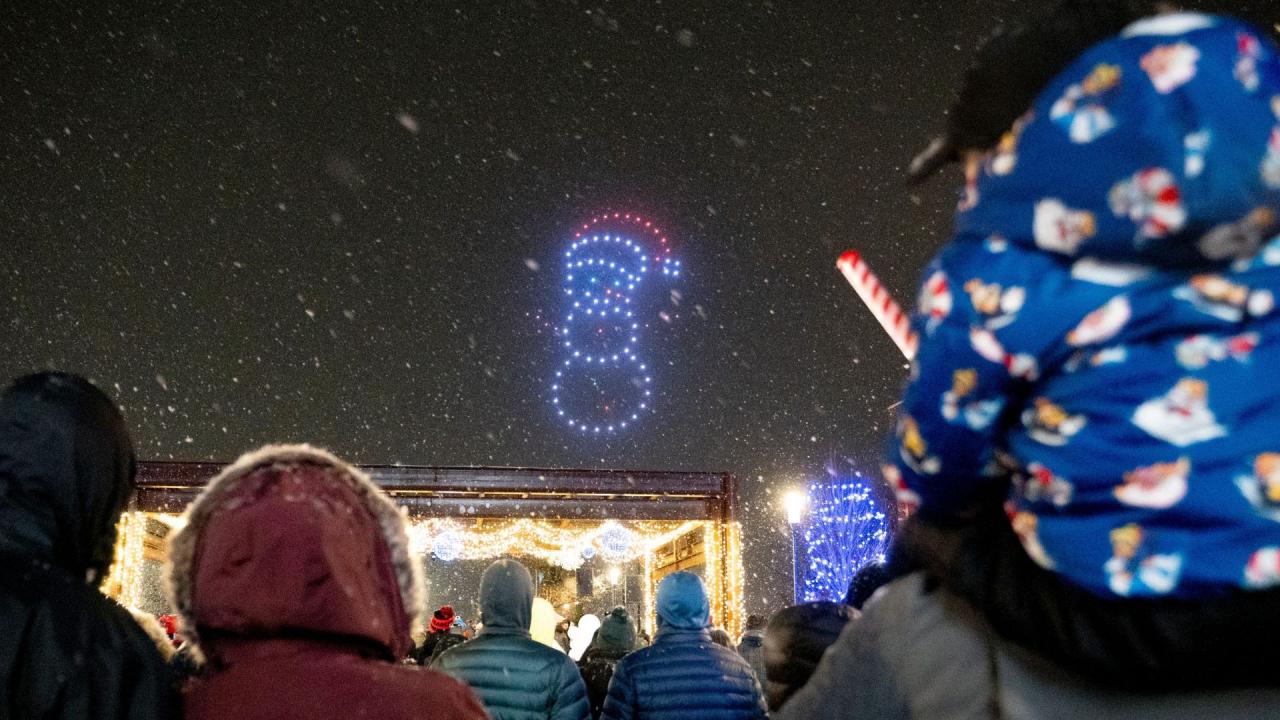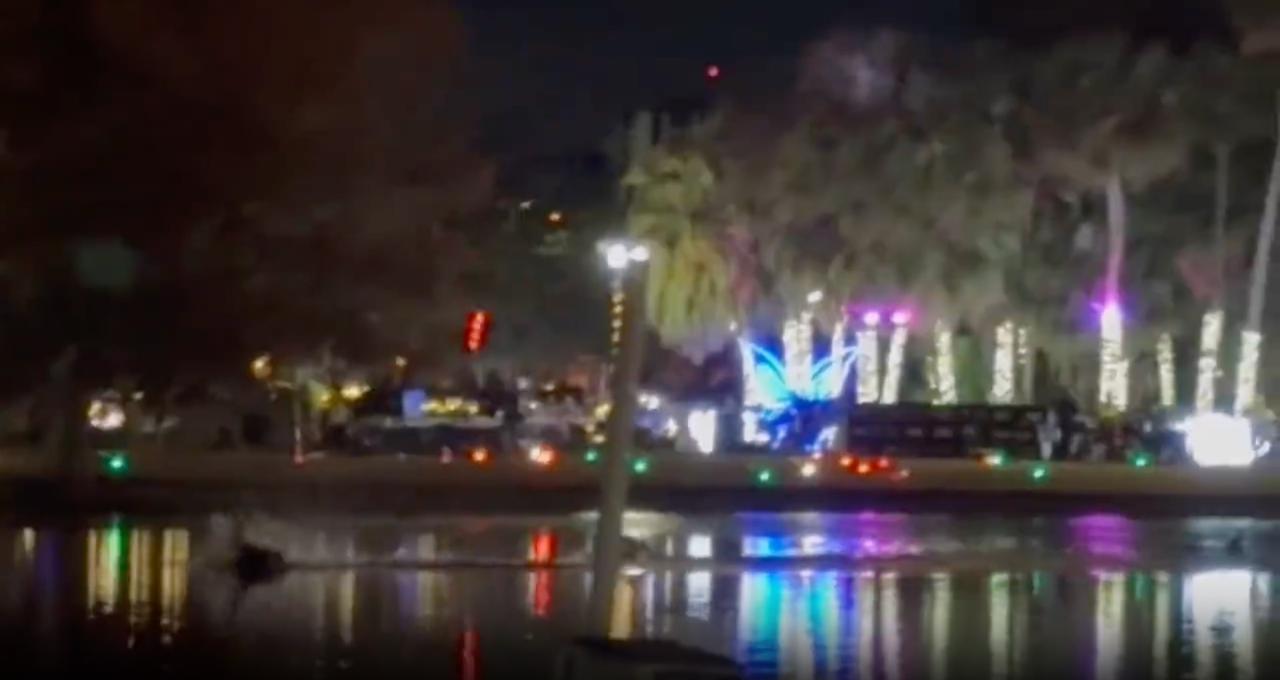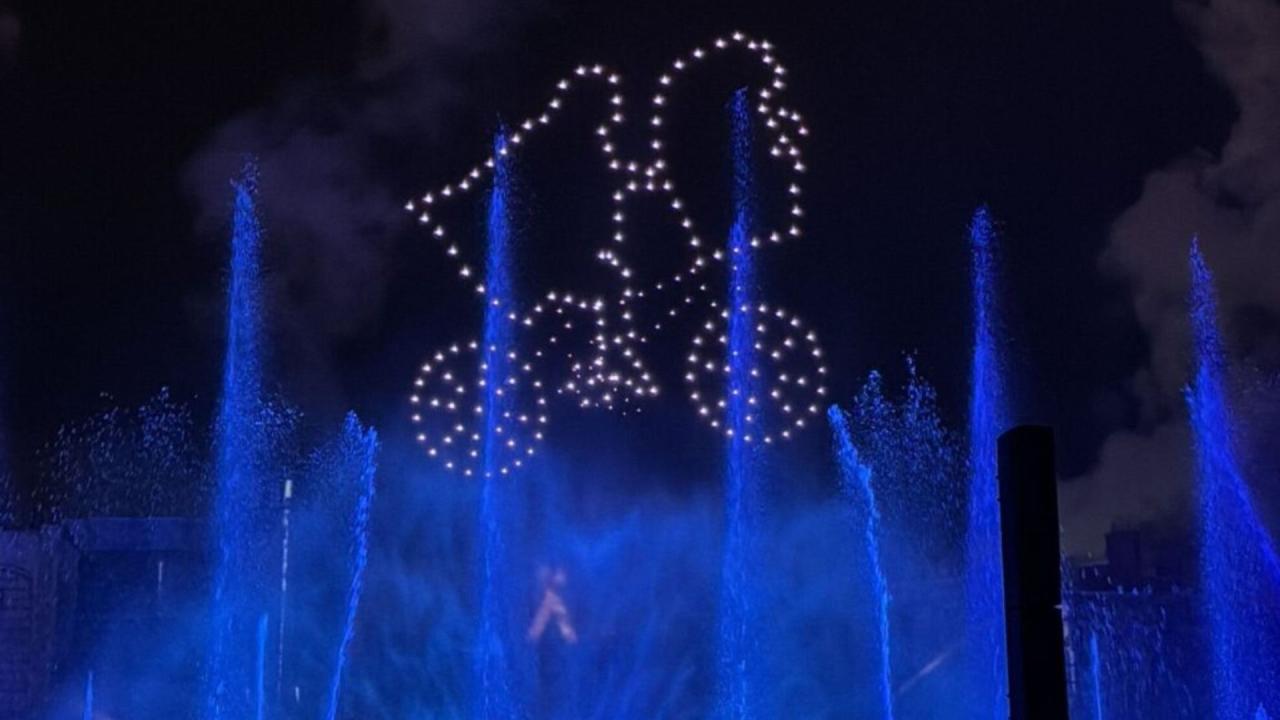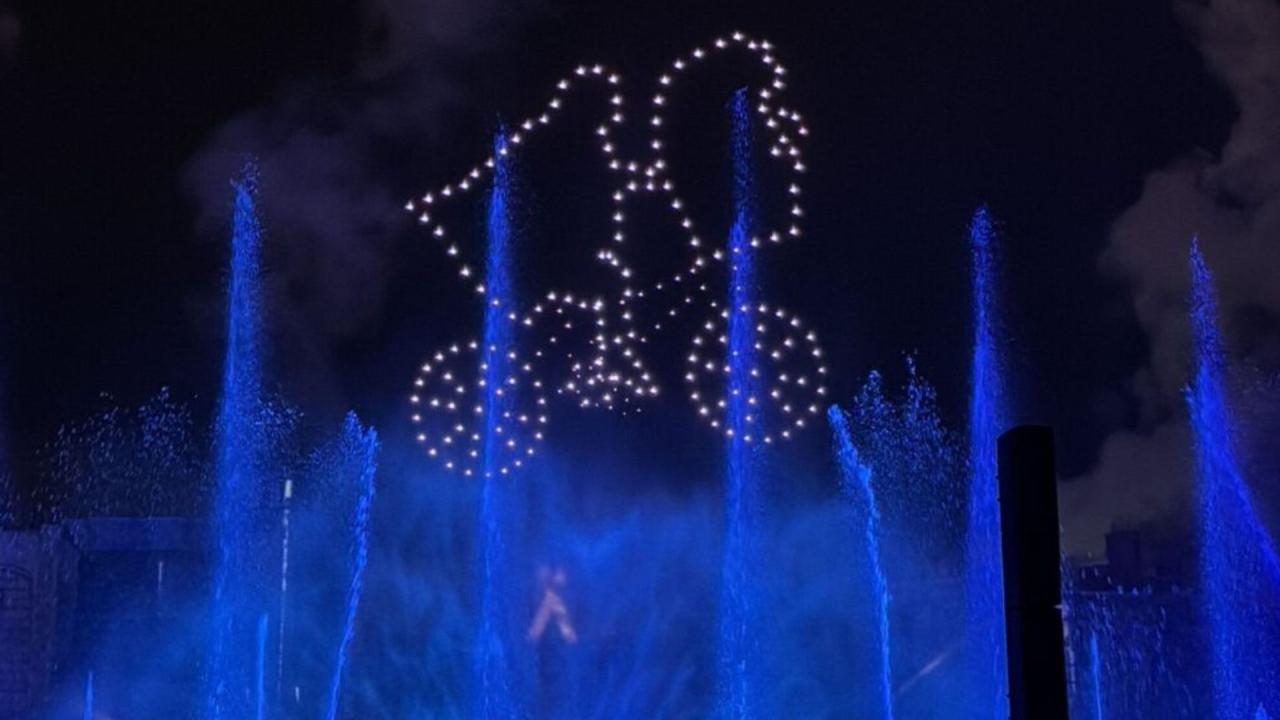Orlando drone show accident: The spectacular nighttime display turned tragic when a malfunctioning drone caused chaos. This report delves into the incident, examining the circumstances, injuries, investigations, safety regulations, technological and human factors, and preventative measures. We’ll explore the accident’s impact on public perception, the drone industry, and future safety standards.
We’ll cover everything from the initial emergency response and the investigation’s findings to the long-term implications for drone technology and regulations. Get ready for a detailed look at this captivating and cautionary tale.
Orlando Drone Show Accident: A Comprehensive Analysis
This article delves into the details of a drone show accident that occurred in Orlando, providing a factual overview of the incident, its causes, and its implications. We will examine the technical, human, and regulatory factors contributing to the accident, as well as exploring preventative measures and long-term consequences.
Accident Overview

The Orlando drone show accident involved a malfunction during a nighttime aerial display on October 27, 2024, at Lake Eola Park. Approximately 50 drones were participating in a choreographed light show when a sudden system failure caused multiple drones to lose control and fall to the ground. The drones involved were commercially available quadcopters, each weighing approximately 2 pounds, equipped with LED lights and GPS navigation systems.
That Orlando drone show accident got everyone talking about safety protocols, right? It made me think about similar incidents, like that drone crash in Paris which highlighted the need for better airspace management. Ultimately, both incidents underscore the importance of rigorous pre-flight checks and robust contingency plans for any large-scale drone operation.
Specific models and manufacturers are currently under investigation.
Injuries and Damages

The incident resulted in minor injuries to several spectators, primarily from falling debris. No serious injuries were reported. However, significant property damage occurred, with several vehicles parked near the lake sustaining damage from the falling drones. Emergency services, including paramedics and police, responded swiftly to the scene, providing immediate medical attention and securing the area. A list of affected parties and the extent of their losses is being compiled by the city and involved insurance companies.
Investigative Procedures, Orlando drone show accident
Following the accident, a joint investigation was launched by the Federal Aviation Administration (FAA), the National Transportation Safety Board (NTSB), and the Orlando Police Department. The investigation involves collecting drone wreckage, analyzing flight data recorders (if available), interviewing witnesses, and reviewing the show’s operational plan. This process is similar to other drone accident investigations, involving meticulous evidence gathering and data analysis, with a focus on identifying the root cause of the failure.
So, that Orlando drone show accident got everyone talking about safety protocols, right? It makes you wonder about similar incidents, like that drone crash in Paris which highlighted the need for better airspace management. Thinking about both incidents, it’s clear we need stricter regulations and improved technology to prevent future Orlando-style drone show mishaps.
The FAA is primarily responsible for regulatory compliance, while the NTSB focuses on safety recommendations.
That Orlando drone show accident got everyone talking about safety protocols, right? It makes you think about similar incidents, like that drone crash in Paris which highlighted the need for better airspace management. Ultimately, both incidents underscore the importance of rigorous pre-flight checks and improved regulatory frameworks for all drone operations, especially large-scale shows.
Safety Regulations and Compliance

Drone operations in the United States are governed by strict FAA regulations, including airspace restrictions, operational limitations, and pilot certification requirements. The investigation will determine whether the organizers and operators of the drone show adhered to these regulations. Potential violations, such as inadequate safety protocols, insufficient pilot training, or failure to obtain necessary permits, are being examined. Improved safety measures could include more rigorous pre-flight checks, redundant systems to prevent complete system failures, and enhanced emergency response plans.
Technological Factors
The investigation will focus on identifying any technological failures that contributed to the accident. This could include GPS malfunctions, software glitches, battery failures, or hardware defects in the drones themselves. Weather conditions at the time of the accident will also be analyzed.
| Potential Cause | Likelihood | Supporting Evidence | Mitigation Strategy |
|---|---|---|---|
| GPS signal interference | High | Proximity to tall buildings, potential signal jamming | Redundant navigation systems |
| Software glitch | Medium | Requires analysis of flight logs and software code | Thorough software testing and updates |
| Hardware failure | Medium | Physical examination of drone components | Regular maintenance and component redundancy |
| Battery malfunction | Low | Battery condition analysis | High-quality batteries and pre-flight checks |
Human Factors
Human error could have played a role in the accident. The investigation will examine the training and experience levels of the drone pilots, as well as their adherence to operational procedures. Factors such as fatigue, stress, or inadequate communication between pilots could have contributed. A comparison of the operators’ actions to established best practices will help determine if deviations occurred.
Preventive Measures
Several measures can prevent similar accidents. These include enhanced training programs for drone operators focusing on emergency procedures and risk mitigation, the implementation of more robust safety protocols for drone shows, and stricter regulatory oversight of drone operations. Improved communication systems and redundant control mechanisms are also crucial.
- Mandatory pre-flight inspections
- Redundant communication systems
- Enhanced pilot training
- Improved emergency response plans
- Stricter regulatory enforcement
Public Perception and Media Coverage
The accident received widespread media coverage, sparking public debate about the safety of drone technology and the regulations governing its use. Initial reactions ranged from concern and skepticism to calls for tighter safety standards. News outlets presented various narratives, some highlighting the potential dangers of drone shows, while others focused on the investigation’s progress. Social media amplified public discourse, with many sharing opinions and videos related to the event.
A timeline of key media events and public statements is being compiled for further analysis.
Long-Term Implications
The accident may have long-term implications for the drone industry, influencing future regulations, safety standards, and insurance policies. It could lead to stricter certification requirements for drone pilots, increased liability for drone show organizers, and a reassessment of the risk associated with large-scale drone displays. This incident might cause a temporary slowdown in the growth of the drone show industry, potentially leading to higher insurance premiums and a greater focus on safety protocols.
Epilogue
The Orlando drone show accident serves as a stark reminder of the potential risks associated with drone technology, even in seemingly controlled environments. While advancements continue to push the boundaries of what’s possible, a rigorous focus on safety protocols, operator training, and technological reliability is crucial. Learning from this incident can pave the way for safer and more responsible drone operations in the future.
The lessons learned here should shape how we approach drone shows and regulations to prevent similar tragedies.
General Inquiries: Orlando Drone Show Accident
What type of drones were involved?
This information will be detailed in the full report, specifying model and manufacturer.
Was there insurance coverage for the damages?
The specifics of insurance coverage will be addressed in the section on long-term implications.
What were the long-term effects on the drone operators?
The report will examine the psychological and professional impacts on the operators involved.
How has this accident changed drone show regulations?
This will be discussed in the section on long-term implications and potential regulatory changes.
